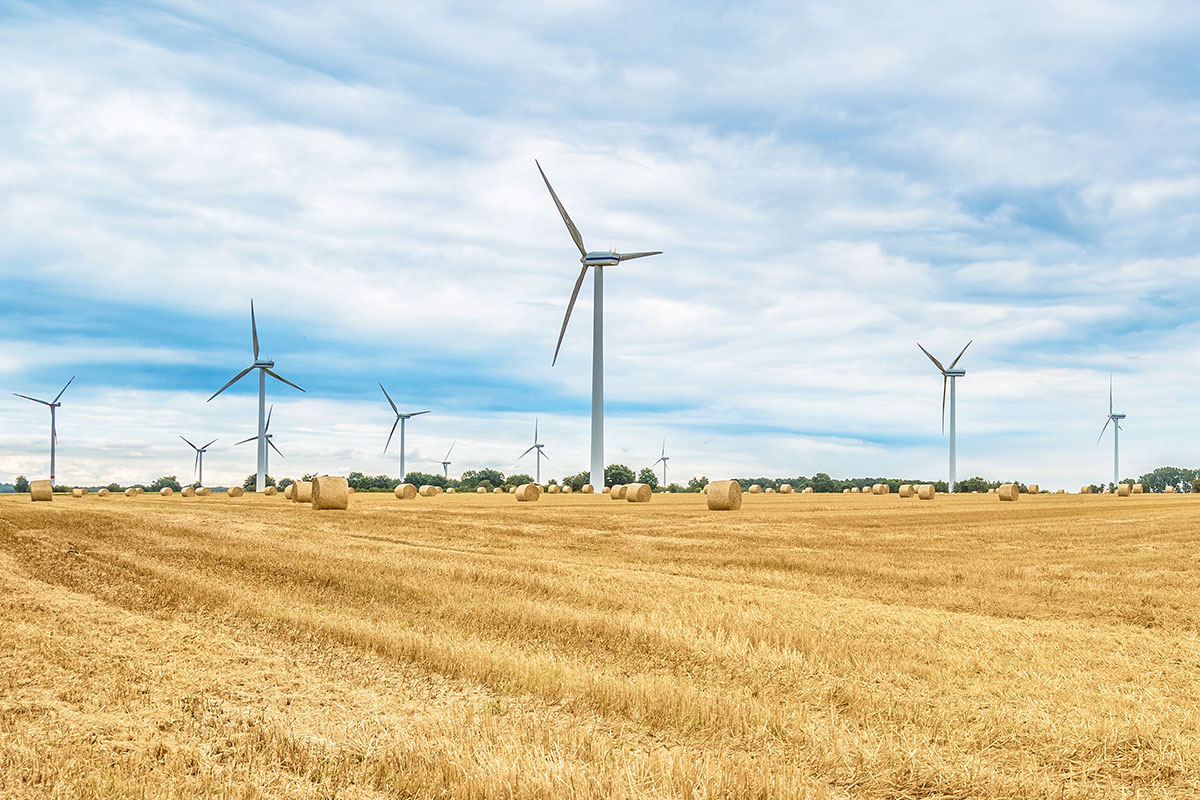News
Wind energy and the EU’s Innovation Fund: here’s what you need to know

5 February 2020
On 5 February WindEurope participated in a workshop event on the Innovation Fund. The event was organised by EASE, the association for energy storage, and featured presentations from the European Commission explaining how the Innovation Fund works.
The Innovation Fund is one of the funding instruments supporting the European Commission’s strategic vision for a climate neutral Europe by 2050. With the European Green Deal at the centre of policy-making decisions in Europe, it is essential that wind energy makes the most of all available funding to secure its place at the heart of the energy transition. The Innovation Fund will be key to this.
The Fund aims to drive low-carbon technology to the market, support innovative renewable energy technology, and support energy storage technologies. The EU Emissions Trading System, the world’s largest carbon pricing system, is providing the revenues for the Fund. It does so via the auctioning of 450 million allowances from 2020 to 2030, as well as any unspent funds from the NER300 programme. This makes the Fund one of the key instruments in financing wind energy innovation.
Grants financed by the fund will support up to 60% of additional costs related to innovative technology. The grants will be disbursed in a flexible way based on project needs, taking into account the milestones achieved during a given project’s lifetime. Securing funding for projects usually requires applicants to provide pre-defined milestones before their project is fully up and running. The fund also provides support and additional capital and operating costs for up to 10 years.
Projects applying for funding also need to meet specific criteria. These include:
- effectiveness of greenhouse gas emissions avoidance
- degree of innovation
- project viability and maturity
- scalability
- cost-efficiency (how much does the project cost vis-à-vis greenhouse gas emissions avoidance)
The application process occurs in 2 phases: expression of interest, followed by full application. The expression of interest involves a first assessment, based on the project’s effectiveness, innovation and maturity level. Projects that meet only the first two criteria may qualify for project development assistance. Full application means projects get assessed according to all criteria, including scalability and cost-efficiency.
The expected timeline for the application process is as follows:
- June 2020: First call for projects with CAPEX>7,5 million
- Sep 2020: submission deadline for first phase
- Q1 2021: award of project development assistance
- Q1 2021: invitation for second phase
- Q2 2021: submission deadline for second phase
- Q4 2021: award of grant
Are you interested in EU funding opportunities for wind energy? Want to find out more?

